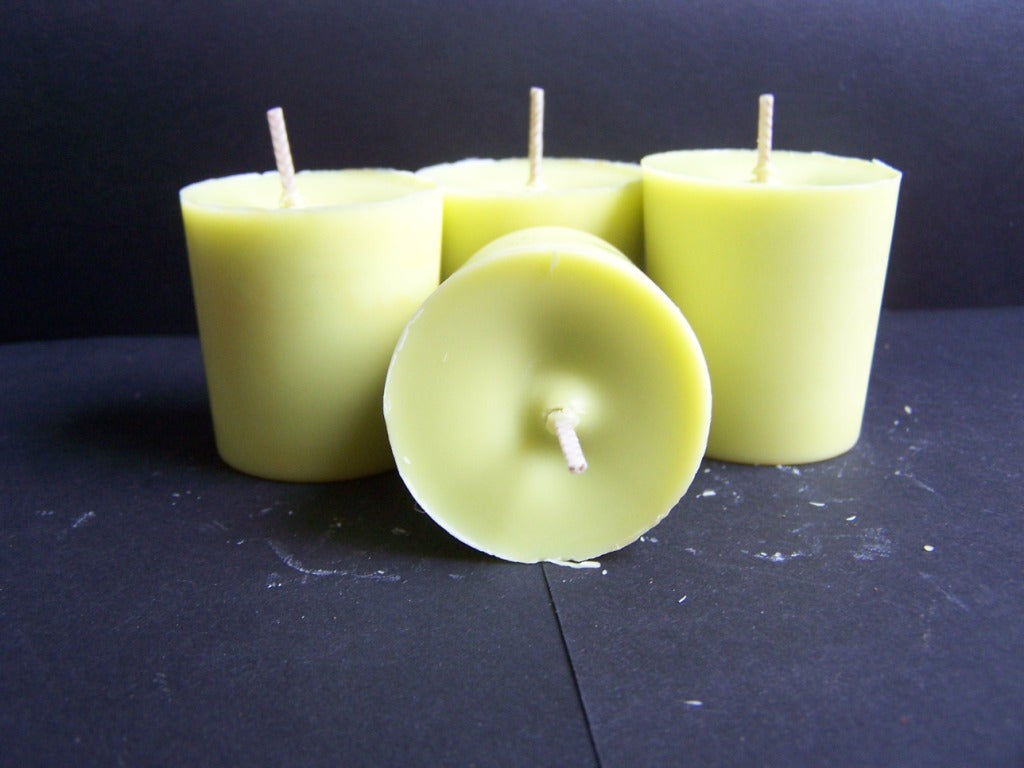From Wick to Wax: Comprehending the Chemistry Behind Soy Wax Candles and Their Ecological Effect
As we brighten our areas with the cozy radiance of candles, there exists a world of intricate chemistry behind the relatively straightforward act of lighting a soy wax candle. Join us as we unwind the scientific intricacies behind soy wax candle lights and discover their ramifications on our setting.
Soy Wax Vs. Paraffin Wax
When contrasting soy wax and paraffin wax for candle production, it is vital to recognize the distinct characteristics and advantages of each material. Soy wax is a natural, renewable source stemmed from soybean oil, making it naturally degradable and green - home fragrance. On the other hand, paraffin wax is a result of oil refining, which elevates concerns concerning its environmental impact and sustainability
Soy wax candle lights burn cleaner and give off less soot contrasted to paraffin wax candles, making them a healthier selection for indoor air high quality. In addition, soy wax has a lower melting factor, permitting for a longer-lasting candle that distributes scent a lot more efficiently. Paraffin wax, on the various other hand, often tends to shed faster and less easily, potentially releasing harmful chemicals into the air.
From a sustainability viewpoint, soy wax is preferred for its biodegradability and renewable sourcing, straightening with the expanding customer choice for eco aware items. While paraffin wax has been a conventional choice in candle light making due to its cost and ease of use, the change towards environmentally friendly options like soy wax is getting momentum in the industry.
Chemical Make-up of Soy Wax

Burning Refine in Soy Candles
The chemical make-up of soy wax straight affects the combustion process in soy candle lights, affecting variables such as melt review time, aroma release, and environmental effect. When a soy candle is lit, the heat from the fire thaws the wax near the wick. This liquid wax is then drawn up the wick because of capillary action. As the liquid wax gets to the flame, it vaporizes and undergoes combustion. The burning procedure includes the vaporized hydrocarbons in the wax reacting with oxygen airborne to create heat, light, water vapor, and co2.
The combustion performance of soy candles is influenced by the purity of the soy wax and the quality of the wick. Furthermore, soy wax candles have a reduced environmental effect compared to paraffin candle lights due to their eco-friendly and renewable nature.

Environmental Benefits of Soy Wax

Considered a lasting alternative to standard paraffin wax, soy wax offers noteworthy environmental benefits that make it a popular choice among eco-conscious consumers. Soy wax burns cleaner and creates much less soot than paraffin wax, adding to far better interior air quality and lowering the need for cleaning and upkeep. In general, the ecological advantages of soy wax align with the expanding demand for environment-friendly and lasting products in the market.
Recycling and Disposal Considerations
Recycling and appropriate disposal of soy wax candles play an important role in preserving environmental sustainability and decreasing waste in homes and communities. When it comes to reusing soy wax candle lights, the very first step is to guarantee that the candle has actually shed entirely.

In terms of disposal, if recycling is not an option, soy wax candle lights are eco-friendly and can be safely gotten rid of in most household waste systems. It is constantly suggested to examine with regional recycling centers or waste administration services for specific standards on candle disposal to make Learn More certain correct handling and ecological defense.
Final Thought
To conclude, the chemistry behind soy wax candle lights exposes their ecological benefits over paraffin wax candles. Soy wax, stemmed from soybean oil, burns cleaner and creates much less soot when contrasted to Extra resources paraffin wax. The combustion process in soy candle lights is a lot more effective, resulting in a much longer and more also melt. In addition, soy wax is biodegradable and sustainable, making it a more lasting option for candle light production. Reusing and correct disposal of soy wax candle lights even more add to their environmental effect.
When comparing soy wax and paraffin wax for candle making, it is vital to understand the unique attributes and benefits of each material (candles).Soy wax candles burn cleaner and send out less soot compared to paraffin wax candle lights, making them a much healthier selection for indoor air high quality.Thought about a lasting choice to traditional paraffin wax, soy wax provides significant ecological advantages that make it a preferred selection amongst eco-conscious consumers. Soy wax burns cleaner and produces less soot than paraffin wax, contributing to better indoor air high quality and minimizing the demand for cleansing and upkeep.In final thought, the chemistry behind soy wax candle lights discloses their ecological benefits over paraffin wax candles